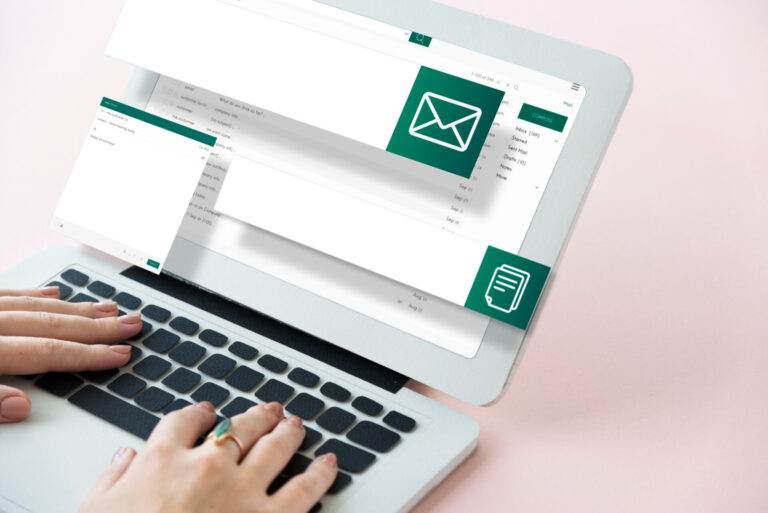In the fast-paced digital landscape, where trends come and go, one marketing tool remains steadfast and incredibly effective—email marketing. Despite the rise of social media and other communication channels, email continues to be a powerful way to connect with your audience, nurture leads, and drive conversions. In this article, we’ll explore the email marketing best practices that can help you achieve unparalleled success in the digital realm.

The Resilience of Email Marketing
Email marketing’s enduring appeal lies in its versatility, personalization, and ability to deliver targeted messages directly to your audience’s inbox. Here’s why it remains a force to be reckoned with:
Direct Communication: Email provides a direct line of communication between you and your audience. It’s a personal and private space where subscribers willingly engage with your content.
Wide Reach: Email has a vast user base, with billions of people using it regularly. It allows you to reach a global audience, irrespective of their location or device.
Conversion Potential: Email marketing boasts an impressive conversion rate. When done right, it can drive sales, website visits, and other desired actions.
Email Marketing Best Practices
To make the most of email marketing, follow these best practices:
1. Build a Quality Subscriber List
Your email list is the foundation of your email marketing success. Focus on growing a list of engaged and interested subscribers who have opted in to receive your emails. Avoid buying lists or using shady tactics to inflate your numbers.
2. Segment Your Audience
Not all subscribers are the same. Segment your audience based on factors like demographics, behavior, and interests. Sending targeted, relevant content to specific segments increases engagement and conversion rates.
3. Craft Compelling Subject Lines
Your subject line is the first thing subscribers see. Make it attention-grabbing, concise, and relevant to the email content. Avoid clickbait or misleading subject lines, as they can damage your reputation.
4. Personalize Content
Personalization goes beyond addressing subscribers by their first name. Use data to tailor content to their preferences and past interactions with your brand. Personalized emails are more likely to resonate with recipients.
5. Create Valuable Content
Deliver content that provides value to your subscribers. Whether it’s informative articles, exclusive offers, or entertaining stories, your emails should enrich the recipient’s life in some way.
6. Optimize for Mobile
With the majority of emails being opened on mobile devices, ensure that your emails are mobile-responsive. Test them on various devices to guarantee a seamless viewing experience.
7. Clear Call to Action (CTA)
Every email should have a clear and compelling CTA. Whether it’s “Shop Now,” “Learn More,” or “Get Started,” the CTA should guide recipients on the desired action.
8. A/B Testing
Experiment with different elements of your emails, such as subject lines, content, images, and CTAs. A/B testing helps you determine what resonates best with your audience and refine your strategy accordingly.
9. Monitor and Analyze Metrics
Track email performance metrics like open rates, click-through rates, conversion rates, and unsubscribe rates. Use this data to evaluate the effectiveness of your campaigns and make data-driven improvements.
10. Compliance with Regulations
Ensure that your email marketing practices comply with relevant data protection regulations, such as GDPR or CAN-SPAM. Provide a clear way for subscribers to opt out and respect their preferences.
The Evergreen Potential of Email Marketing
Email marketing remains a cornerstone of successful digital marketing strategies. Its adaptability and ability to deliver tailored, valuable content make it a timeless tool for building and nurturing customer relationships. By following these best practices, you can harness the enduring power of email marketing and achieve remarkable success in your digital endeavors.

